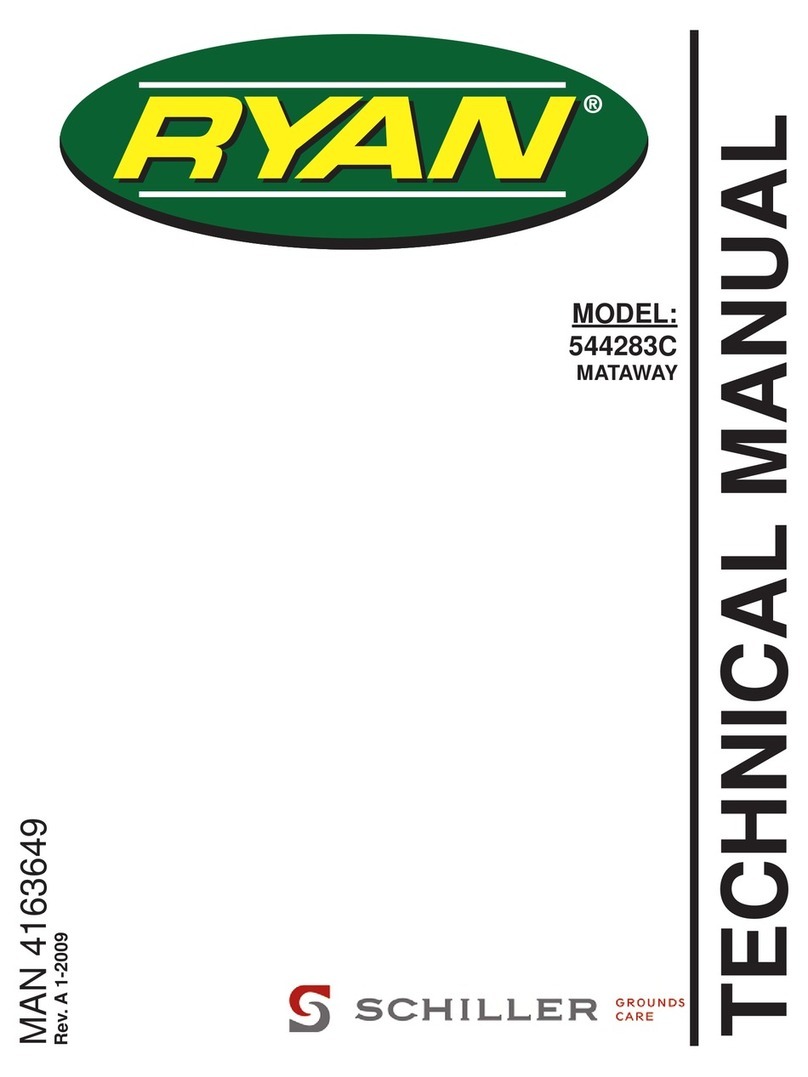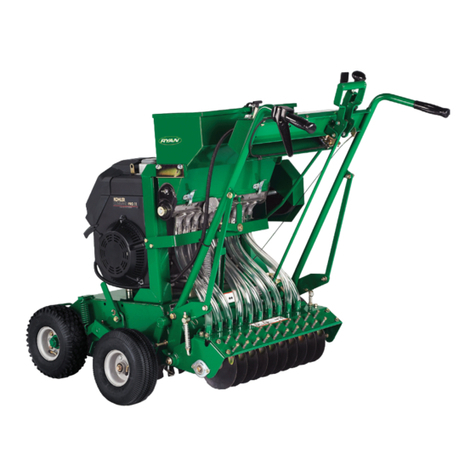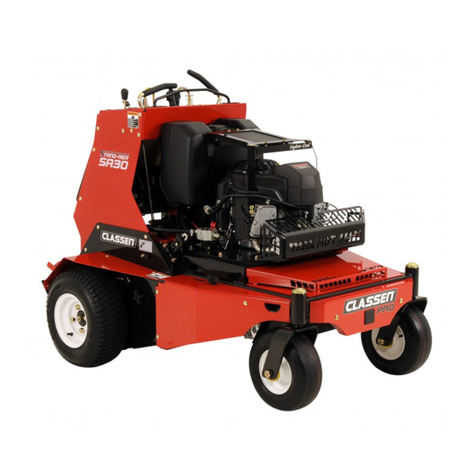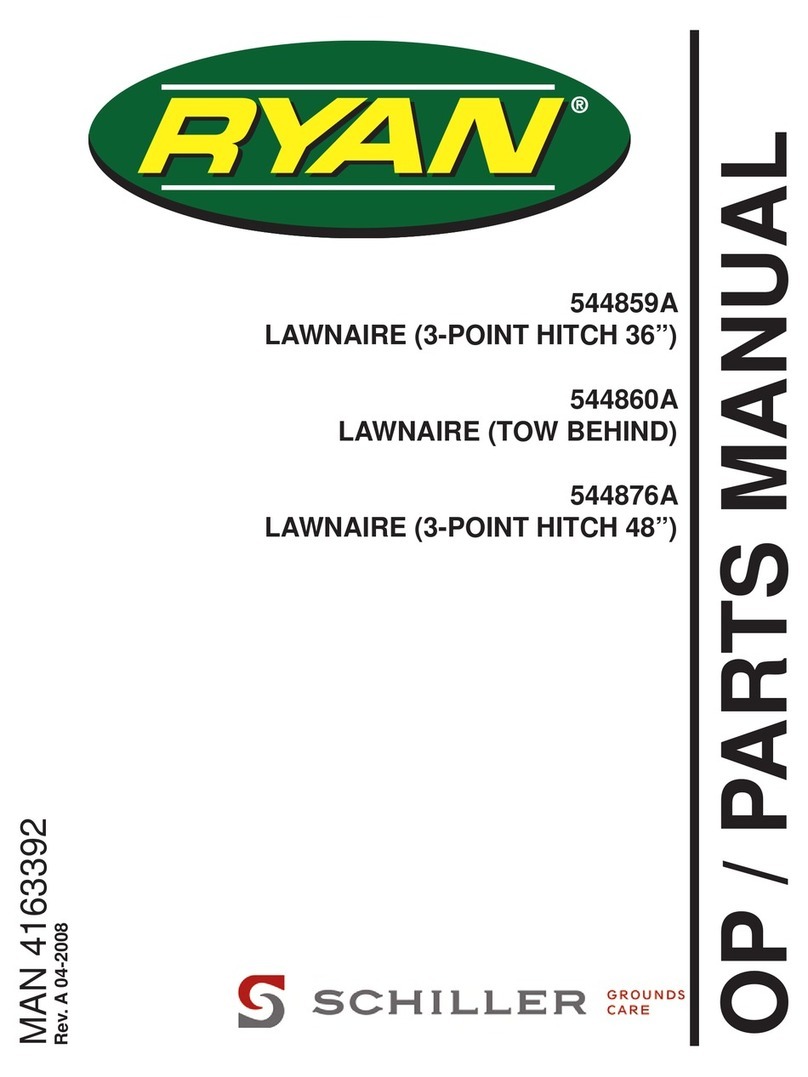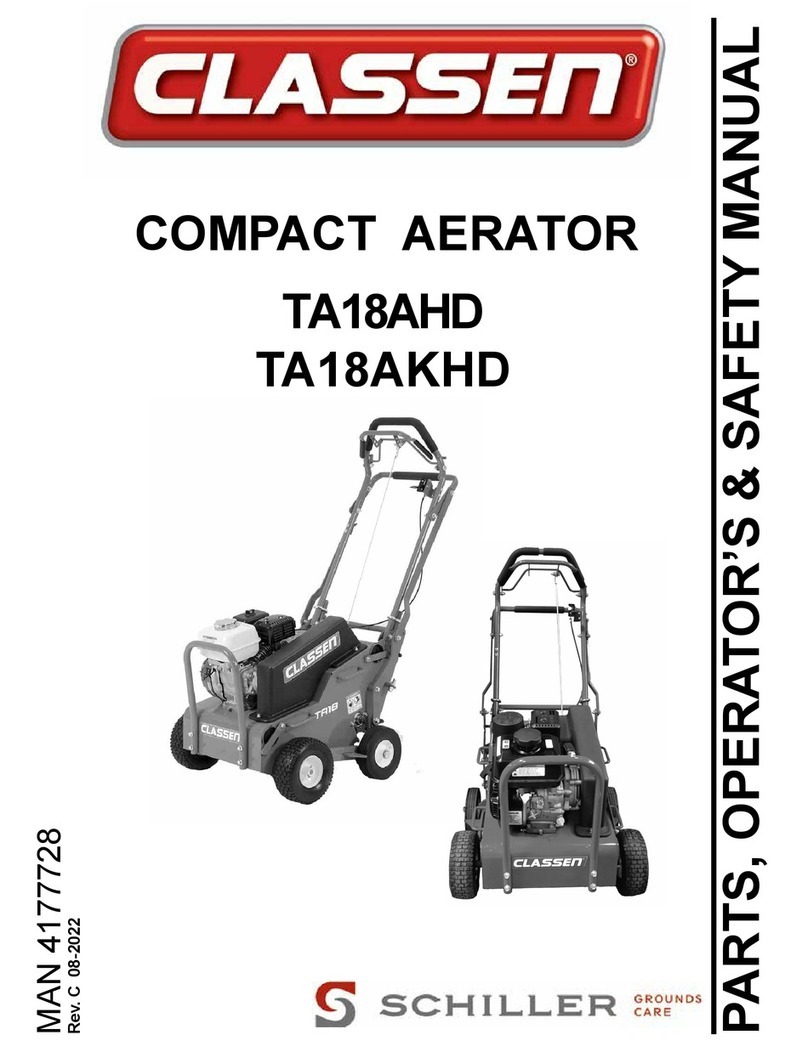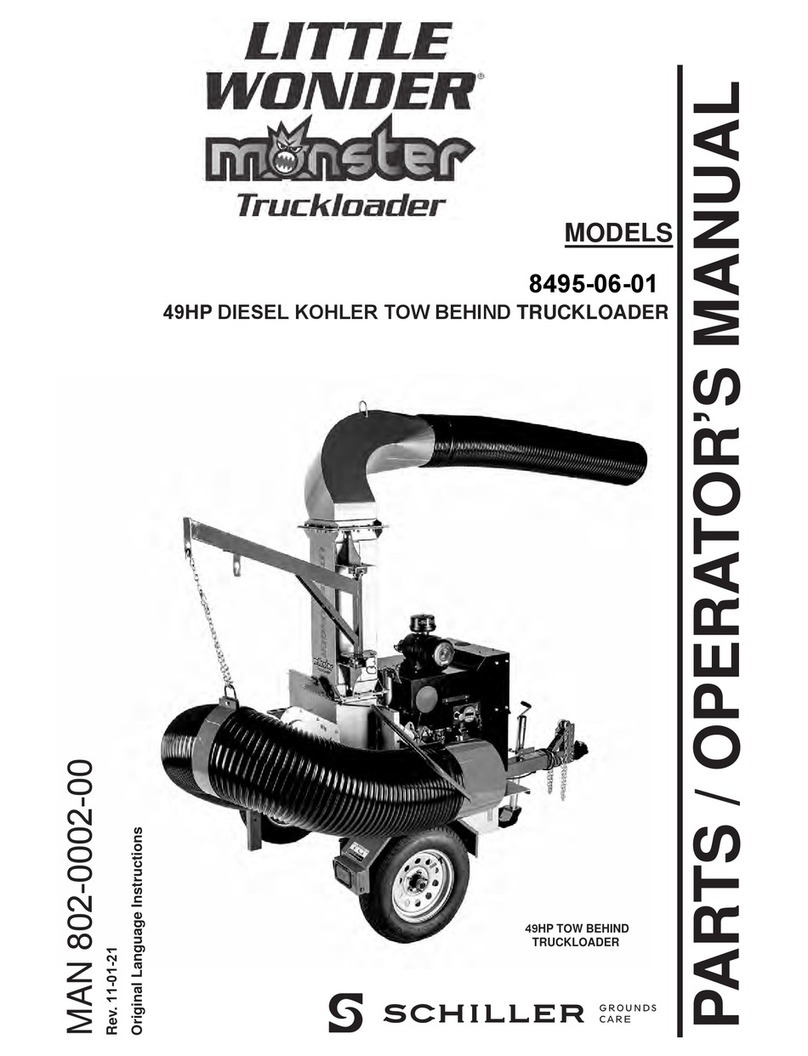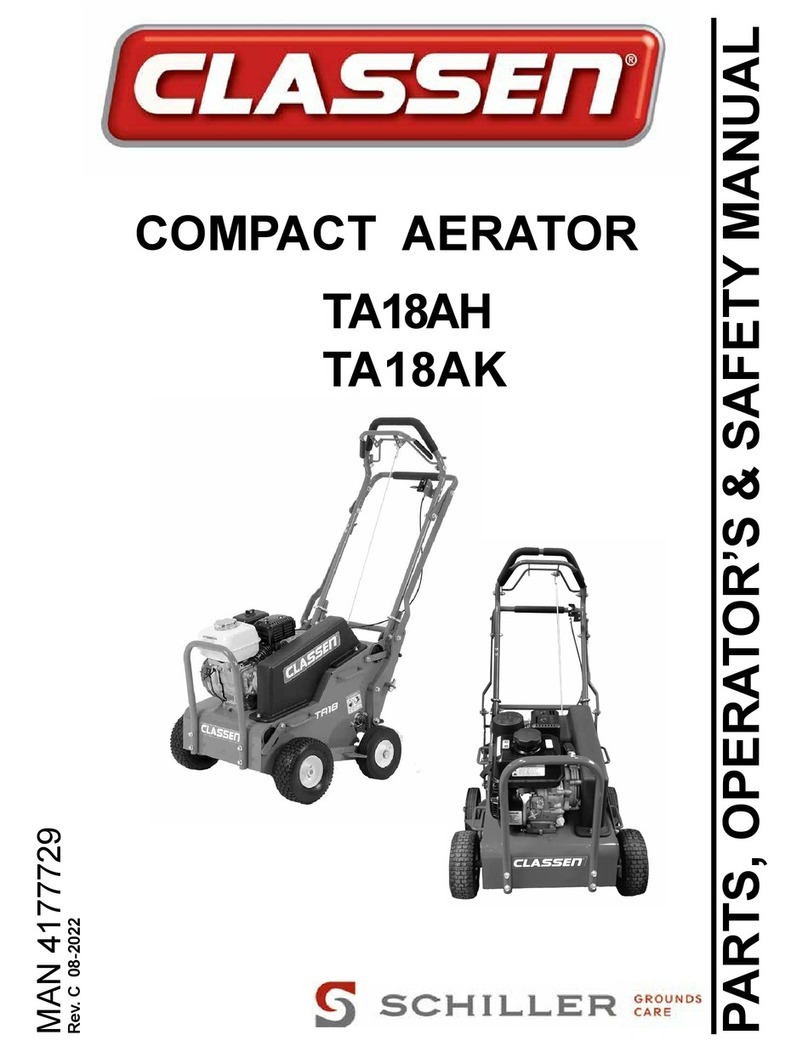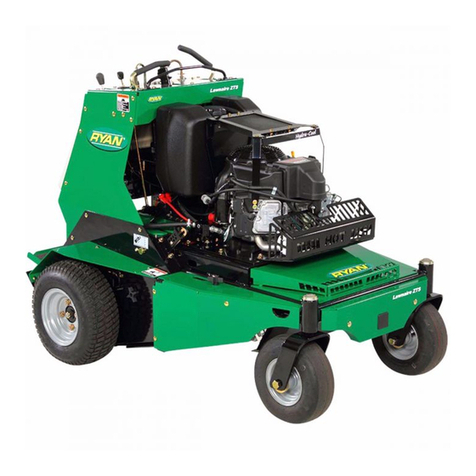
1
SA-30
02-2016
TABLE OF CONTENTS ..................................................................... FIGURES.......................................................... PAGE
SAFETY.............................................................................................................................................................................2-4
ASSEMBLY AND SETUP / MAINTENANCE CHART........................................................................................................... 5
MAINTENANCE .............................................................................................................................................................6-10
ADJUSTMENTS............................................................................................................................................................ 11-13
BELT REPLACEMENT ...................................................................................................................................................... 14
CHAIN REPLACEMENT ...............................................................................................................................................15-16
SPECIFICATIONS.........................................................................................................................................................17-18
PARTS SECTION............................................................................................................................................................... 19
UPPER ENGINE DECK ASSEMBLY ..............................................FIGURE 1.......................................................... 20, 21
LOWER ENGINE DECK ASSEMBLY..............................................FIGURE 2............................................................ 22, 23
FUEL TANK, BATTERY, RESERVOIR ............................................FIGURE 3............................................................ 24, 25
WHEEL ASSEMBLIES ....................................................................FIGURE 4............................................................ 26, 27
PARKING BRAKE ASSEMBLY........................................................FIGURE 5............................................................ 28, 29
ELECTRICAL SYSTEM...................................................................FIGURE 6............................................................ 30, 31
TRANSAXLE ASSEMBLY ...............................................................FIGURE 7............................................................ 32, 33
OIL COOLING SYSTEM ................................................................FIGURE 8............................................................ 34, 35
CONTROL PANEL & TOWER ASSEMBLY .....................................FIGURE 9............................................................ 36, 37
HANDLE CONTROLS ASSEMBLY .................................................FIGURE 10.......................................................... 38, 39
DEPTH STOP & HOC ASSEMBLY .................................................FIGURE 11 .......................................................... 40, 41
JASKSHAFT ASSEMBLY................................................................FIGURE 12.......................................................... 42, 43
TINE ASSEMBLY ............................................................................FIGURE 13.......................................................... 44, 45
PLATFORM, PAD & JACKSTANDS ................................................FIGURE 14.......................................................... 46, 47
COVERS AND GUARDS.................................................................FIGURE 15.......................................................... 48, 49
DECALS ..........................................................................................FIGURE 16.......................................................... 50, 51
IMPORTANT MESSAGE
Thank you for purchasing this Classen product. You have purchased a world class product, one of the best
designed and built anywhere.
This product comes with Parts and Operator's Manuals. The useful life and good service you receive from this
product depends to a large extent on how well you read and understand this manual. Treat this product properly
and adjust it as instructed, and it will give you many years of reliable service.
See a Classen dealer for any service or parts needed. Classen service ensures that you continue to receive
the best results possible from Classen products. You can trust Classen replacement parts because they are
manufactured with the same high precision and quality as the original parts.
Classen designs and builds its equipment to serve many years in a safe and productive manner. For longest life,
use this product only as directed in the manual, keep it in good repair and follow safety warnings and instruc-
tions. You'll always be glad you did.
.
CLASSEN®
SCHILLER GROUNDS CARE, INC.
1028 STREET ROAD, P.O. BOX 38
SOUTHAMPTON, PA 18966
PHONE 877-596-6337 • FAX 215-357-8045
